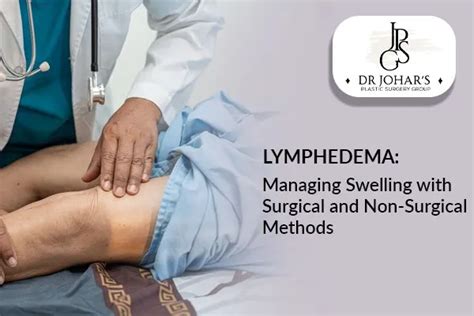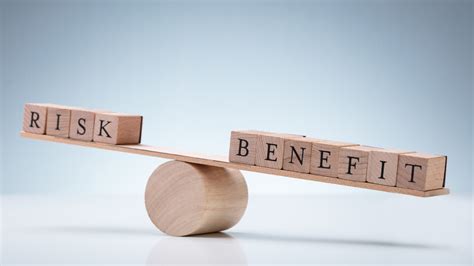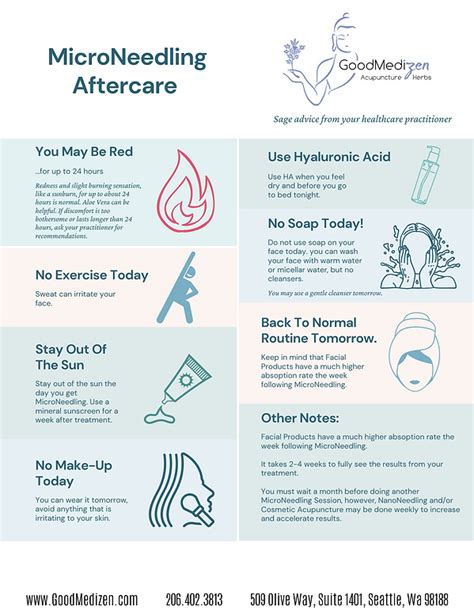Intro
Discover 5 effective ways to remove gallstones, including surgical and non-surgical methods, to alleviate gallbladder pain and symptoms, and learn about gallstone treatment options, gallbladder removal, and natural remedies.
Gallstones are a common health issue that affects millions of people worldwide. These small, hard deposits can cause severe abdominal pain, nausea, and vomiting, making it essential to seek medical attention if symptoms persist. Removing gallstones is often the best course of treatment to alleviate symptoms and prevent further complications. In this article, we will explore the different methods of gallstone removal, highlighting the benefits and risks associated with each procedure.
The importance of gallstone removal cannot be overstated. If left untreated, gallstones can lead to serious health issues, such as inflammation of the gallbladder, infection, and even gallbladder cancer. Furthermore, gallstones can also increase the risk of developing pancreatitis, a condition characterized by inflammation of the pancreas. With the advancement of medical technology, various treatment options are now available to remove gallstones, ranging from non-invasive procedures to surgical interventions.
Gallstone removal is a complex process that requires careful consideration of the patient's overall health, the size and location of the gallstones, and the potential risks and benefits of each treatment option. A healthcare professional will typically recommend a course of treatment based on the patient's individual needs and medical history. In some cases, medication may be prescribed to dissolve small gallstones, while in other cases, surgery may be necessary to remove the gallbladder entirely.
Gallstone Removal Methods

There are several methods of gallstone removal, each with its own set of benefits and risks. The following are some of the most common procedures:
Laparoscopic Cholecystectomy
This is a minimally invasive surgical procedure that involves removing the gallbladder through small incisions in the abdomen. The surgeon uses a laparoscope, a thin tube with a camera and light, to visualize the gallbladder and surrounding tissues. Laparoscopic cholecystectomy is a popular treatment option for gallstones, as it offers a faster recovery time and less post-operative pain compared to open surgery.
Open Cholecystectomy
This is a traditional surgical procedure that involves removing the gallbladder through a single large incision in the abdomen. Open cholecystectomy is typically recommended for patients who have a high risk of complications or who have previously undergone abdominal surgery. While this procedure is more invasive than laparoscopic cholecystectomy, it allows the surgeon to have better access to the gallbladder and surrounding tissues.
Non-Surgical Methods

In some cases, non-surgical methods may be used to remove gallstones. These procedures are typically recommended for patients who are not good candidates for surgery or who have small gallstones. The following are some non-surgical methods of gallstone removal:
Extracorporeal Shock Wave Lithotripsy (ESWL)
This is a non-invasive procedure that uses shock waves to break up small gallstones into smaller pieces that can be easily passed out of the body. ESWL is typically recommended for patients who have small gallstones that are not causing symptoms. While this procedure is effective, it may require multiple sessions to completely remove the gallstones.
Medication
In some cases, medication may be prescribed to dissolve small gallstones. These medications, such as ursodiol, work by reducing the amount of cholesterol in the bile, making it easier for the gallstones to dissolve. However, this treatment option is typically only effective for small gallstones and may take several months to a year to work.
Risks and Benefits

Like any medical procedure, gallstone removal methods carry risks and benefits. The following are some of the potential risks and benefits associated with each procedure:
- Laparoscopic cholecystectomy: benefits include a faster recovery time and less post-operative pain, while risks include bleeding, infection, and injury to surrounding tissues.
- Open cholecystectomy: benefits include better access to the gallbladder and surrounding tissues, while risks include a longer recovery time, more post-operative pain, and a higher risk of complications.
- Non-surgical methods: benefits include a lower risk of complications and a faster recovery time, while risks include the potential for gallstones to return and the need for multiple sessions.
Preparation and Aftercare

Preparation and aftercare are essential components of the gallstone removal process. The following are some tips to help patients prepare for and recover from gallstone removal:
- Follow a healthy diet: eating a healthy diet that is low in fat and high in fiber can help reduce the risk of gallstones.
- Stay hydrated: drinking plenty of water can help flush out the bile and reduce the risk of gallstones.
- Avoid heavy lifting: heavy lifting can put strain on the abdomen and increase the risk of complications after surgery.
- Follow post-operative instructions: following the surgeon's post-operative instructions can help reduce the risk of complications and promote a faster recovery.
Conclusion and Next Steps

In conclusion, gallstone removal is a complex process that requires careful consideration of the patient's overall health, the size and location of the gallstones, and the potential risks and benefits of each treatment option. By understanding the different methods of gallstone removal, patients can make informed decisions about their care and take the first step towards alleviating their symptoms and improving their quality of life.
We invite you to share your thoughts and experiences with gallstone removal in the comments section below. If you have any questions or concerns, please do not hesitate to reach out to a healthcare professional.
What are the symptoms of gallstones?
+The symptoms of gallstones include severe abdominal pain, nausea, vomiting, and fever. In some cases, gallstones may not cause symptoms, but they can still increase the risk of complications.
How are gallstones diagnosed?
+Gallstones are typically diagnosed using imaging tests such as ultrasound, CT scans, or MRI scans. Blood tests may also be used to check for signs of infection or inflammation.
Can gallstones be prevented?
+While gallstones cannot be completely prevented, eating a healthy diet that is low in fat and high in fiber can help reduce the risk. Staying hydrated, maintaining a healthy weight, and avoiding heavy lifting can also help reduce the risk of gallstones.
What are the risks of gallstone removal?
+The risks of gallstone removal include bleeding, infection, and injury to surrounding tissues. In some cases, gallstones may return after removal, and additional treatment may be necessary.
How long does it take to recover from gallstone removal?
+The recovery time for gallstone removal varies depending on the procedure and the individual patient. In general, patients can expect to recover within a few days to a week after surgery, while non-surgical methods may have a faster recovery time.
